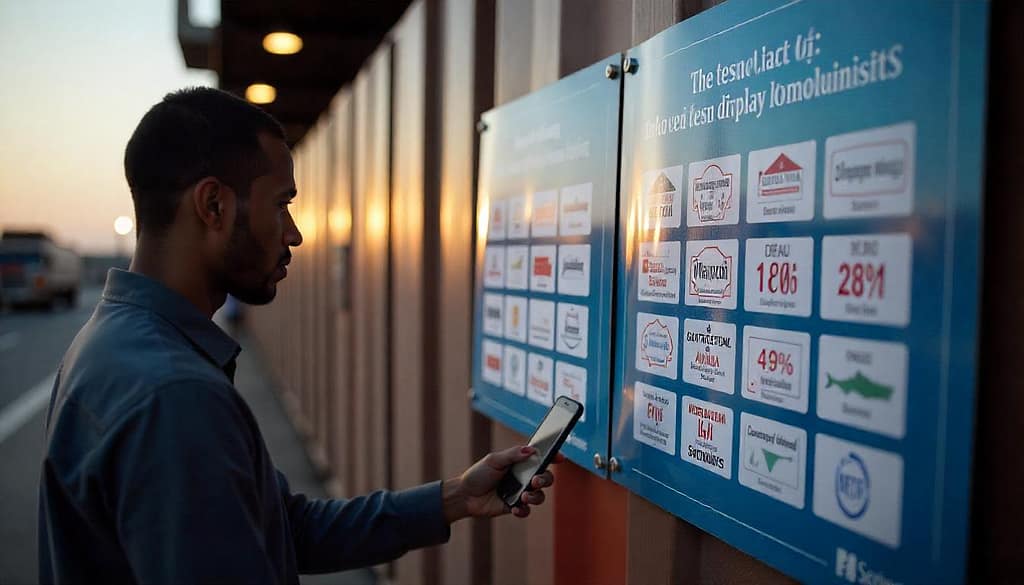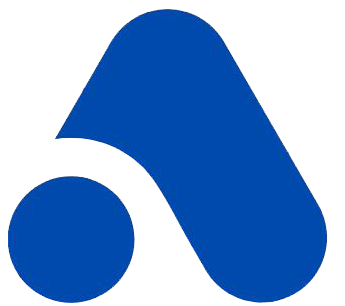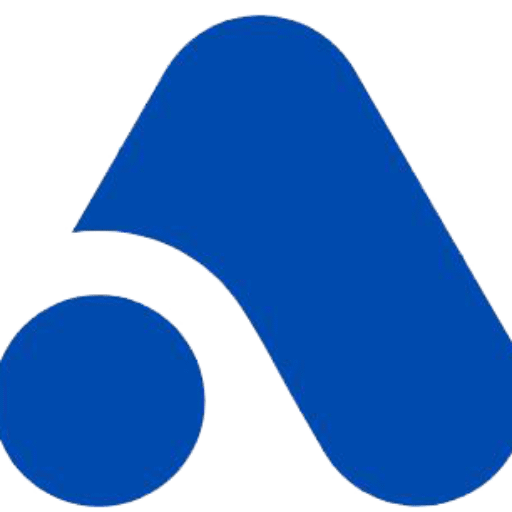Executive Summary
Communicating Diversity, Equity, and Inclusion (DEI) efforts is a cornerstone of modern global hiring strategies. In today’s evolving workforce, organizations must transparently convey their DEI commitments to attract top talent, foster inclusive cultures, and comply with regional regulations. This is especially critical in diverse regions like the UAE, Saudi Arabia, Kuwait, and Europe, where cultural nuances and legal frameworks shape workplace dynamics. Effective communication of DEI efforts builds trust with employees, candidates, and stakeholders, reinforcing an organization’s commitment to fairness and belonging. This article explores best practices, challenges, and actionable solutions to ensure DEI messaging resonates across borders.
Chapter 1: Introduction to Communicating DEI Efforts
Communicating DEI Efforts is not just a moral imperative but a strategic necessity in today’s globalized workforce. Organizations must navigate legal requirements, cultural sensitivities, and HR best practices to ensure their DEI initiatives are understood and embraced. For instance, the UAE’s Ministry of Human Resources and Emiratisation mandates equitable employment practices, while European Union directives emphasize anti-discrimination policies. Failure to communicate DEI efforts effectively can lead to reputational risks and legal penalties.
Real-world examples highlight the importance of transparency. A multinational in Dubai improved employee retention by 30% after publicly sharing its DEI metrics and goals. Similarly, a German tech firm saw a 25% increase in diverse hires after localizing its DEI messaging. Communicating DEI Efforts requires a tailored approach, blending compliance with cultural relevance. Resources like SHRM offer frameworks to align DEI communication with organizational values. Ultimately, Communicating DEI Efforts bridges the gap between policy and practice, fostering workplaces where everyone feels valued.
Chapter 2: Best Practices for Communicating DEI Efforts
Detailed Strategies and Methodologies
Effective DEI communication begins with clarity and consistency. Organizations should:
- Define DEI Goals: Publicly share measurable objectives, such as increasing gender representation in leadership by 20%.
- Leverage Storytelling: Highlight employee testimonials to humanize DEI efforts.
- Use Multichannel Outreach: Tailor messages for LinkedIn, internal newsletters, and regional job portals.
A case study from Kuwait shows how a retail chain boosted applicant diversity by 40% after translating DEI materials into Arabic and incorporating local success stories.
How Allianze HR Consultancy Helps
- Free Hiring Model: Allianze eliminates financial barriers for job seekers, ensuring access to opportunities regardless of economic background. This model aligns with DEI principles by promoting equal access.
- Ethical Sourcing: Allianze partners with South Asian talent pools, adhering to strict compliance standards. Rigorous audits ensure fair wages, safe working conditions, and zero recruitment fees.

Allianze’s end-to-end recruitment services include DEI-focused employer branding, helping clients craft inclusive job ads and onboarding programs. Their expertise in Gulf Cooperation Council (GCC) labor laws ensures DEI efforts meet regional legal requirements while resonating with local candidates.
Chapter 3: Common Challenges and Solutions
Organizations often face these hurdles when Communicating DEI Efforts:
- Cultural Misalignment: DEI messaging may clash with local norms. Solution: Conduct focus groups to adapt language and imagery.
- Legal Complexity: Varying anti-discrimination laws across regions. Solution: Partner with local HR experts like Allianze to ensure compliance.
- Employee Skepticism: Staff may doubt DEI commitments. Solution: Share progress reports and involve employees in DEI councils.
- Measurement Gaps: Lack of data to track DEI impact. Solution: Use analytics tools to monitor hiring demographics and retention rates.
- Resource Constraints: Limited budgets for DEI initiatives. Solution: Prioritize low-cost actions, such as employee resource groups (ERGs).
For example, a Saudi firm overcame cultural barriers by training imams to deliver Friday sermons on workplace equity, fostering community buy-in.
Checklist: Best Practices
- Use job descriptions that respect local laws. In the UAE, avoid gender-specific language unless justified by role requirements (e.g., female nurses for women’s hospitals).
- Offer relocation support. Provide housing assistance, visa sponsorship, and cultural training to ease transitions for international hires.
- Partner with ethical agencies like Allianze. Verify agencies’ compliance with international labor standards and zero-fee policies.
- Use regional keywords in job ads. Terms like “Kuwaiti national preferred” or “Arabic fluency required” improve visibility in local searches.
Conclusion
In conclusion, Communicating DEI Efforts is a dynamic process that demands cultural awareness, legal diligence, and authentic engagement. To summarize, organizations should:
- Align DEI messaging with regional values.
- Leverage data to demonstrate progress.
- Collaborate with ethical partners like Allianze.
- Empower employees as DEI ambassadors.
- Continuously refine strategies based on feedback.
Ultimately, transparent DEI communication fosters inclusive workplaces where talent thrives.
About Allianze HR Consultancy
Allianze HR Consultancy is a leader in ethical recruitment, serving clients across the UAE, India, Nepal, Kuwait, and Saudi Arabia. Founded with a mission to democratize hiring, Allianze offers:
- End-to-end recruitment services, from sourcing to onboarding.
- DEI-focused employer branding and compliance audits.
- Zero-cost placement for job seekers, ensuring fair access to opportunities.
Testimonials highlight Allianze’s success in placing 5,000+ professionals in GCC roles while adhering to the highest ethical standards. Contact us today to transform your hiring strategy with DEI at its core.


